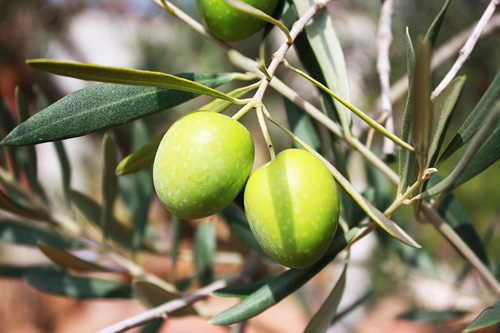
Pomace is the residue from the olive processing process for the extraction of oil. With a consistency similar to a paste, the pomace still contains a certain percentage of oil, which however can no longer be extracted by simple pressing. The amount of residual oil varies from 4.5 to 9% if it comes from discontinuous plants, from 2.5 to 4.5% if it comes from new generation continuous plants. The only way to extract this not insignificant amount of oil is to resort to chemical means. The pomace is mixed with a selective solvent for the lipid component, hexane, which solubilizes the residual oil. Filtration follows, which allows to obtain on the one hand the used pomace, and on the other a solution of oil in hexane. To remove the latter, a distillation process is carried out. The recovered hexane can be reused to extract oil from new pomace (acts as a processing aid). The time between the extraction of the olive oil by physical means and the processing of the residual pomace with chemical solvents must be as short as possible. The composition of pomace oil is similar to that of olive oil; increases the percentage of linoleic acid (9.5 – 15.5%) and elaidinic acid (trans isomer of oleic acid) is present in quantities lower than 0.2%. The formation of these trans acids is due to the rectification processes during which heat is also used. COMPOSITION OF FATTY ACIDS: Fatty acid C14: 0 0.0 – 0.05 C16: 0 7.5 – 20.0 C16: 1 0.3 – 3.5 C17: 0 0.0 – 0.3 C17: 1 0.0 – 0.3 C18: 0 0.5 – 5.0 C18: 1 55.0 – 83.0 C18: 2 3.5 – 21.0 C18: 34 C20: 0 0.0 – 0.6 C20: 1 0.0 – 0.4 C22: 0 0.0 – 0.3 C24: 0 0.0 – 0.2 fatty acids C18: 1 T 0.0 – 0.40 C18: 2T + C18: 3T 0.0 – 0.35 Cholesterol = <0.5 Brassicasterol = <0.2


